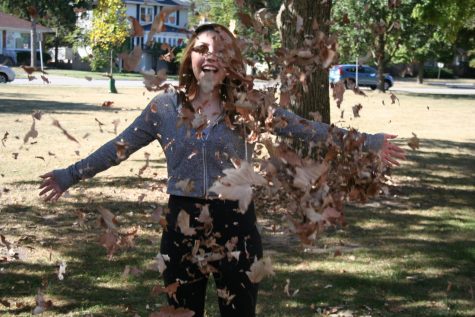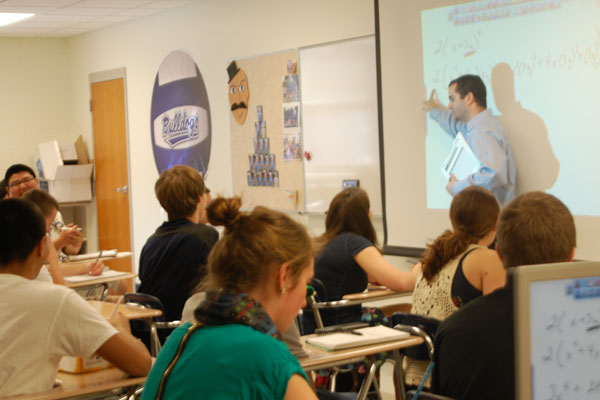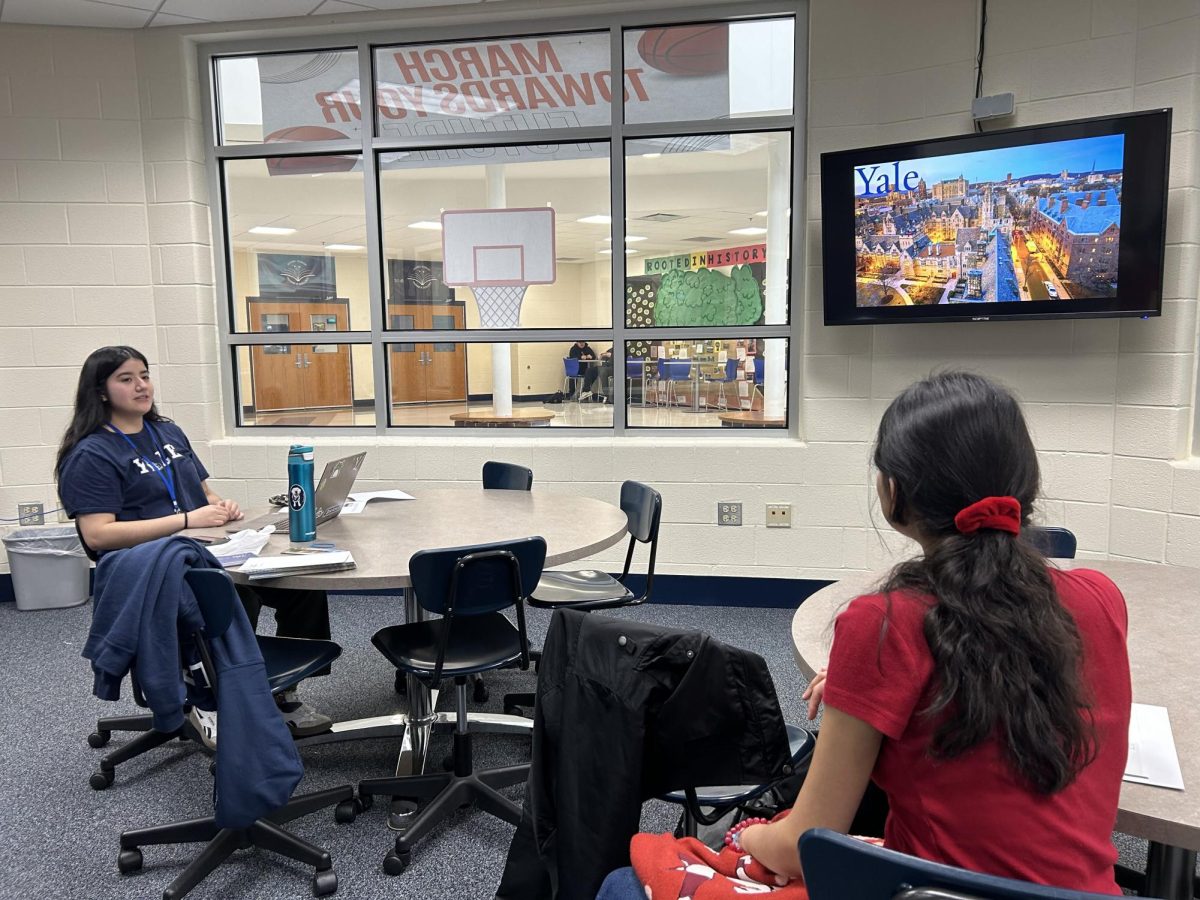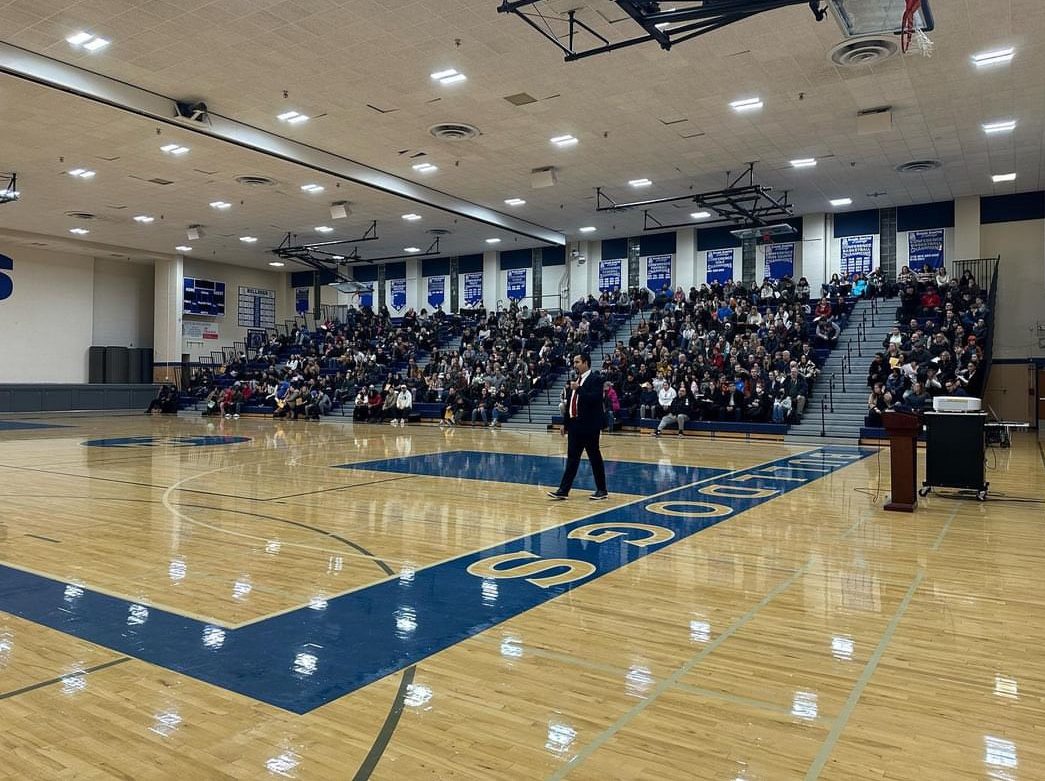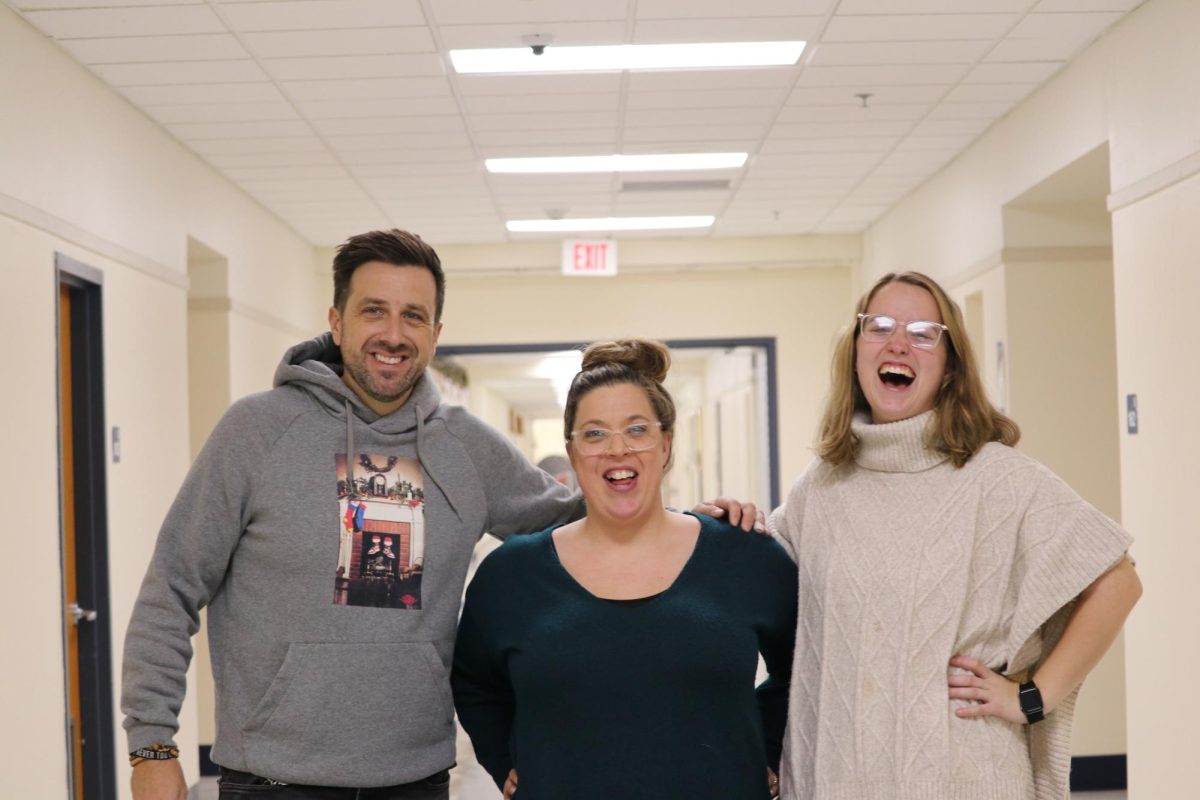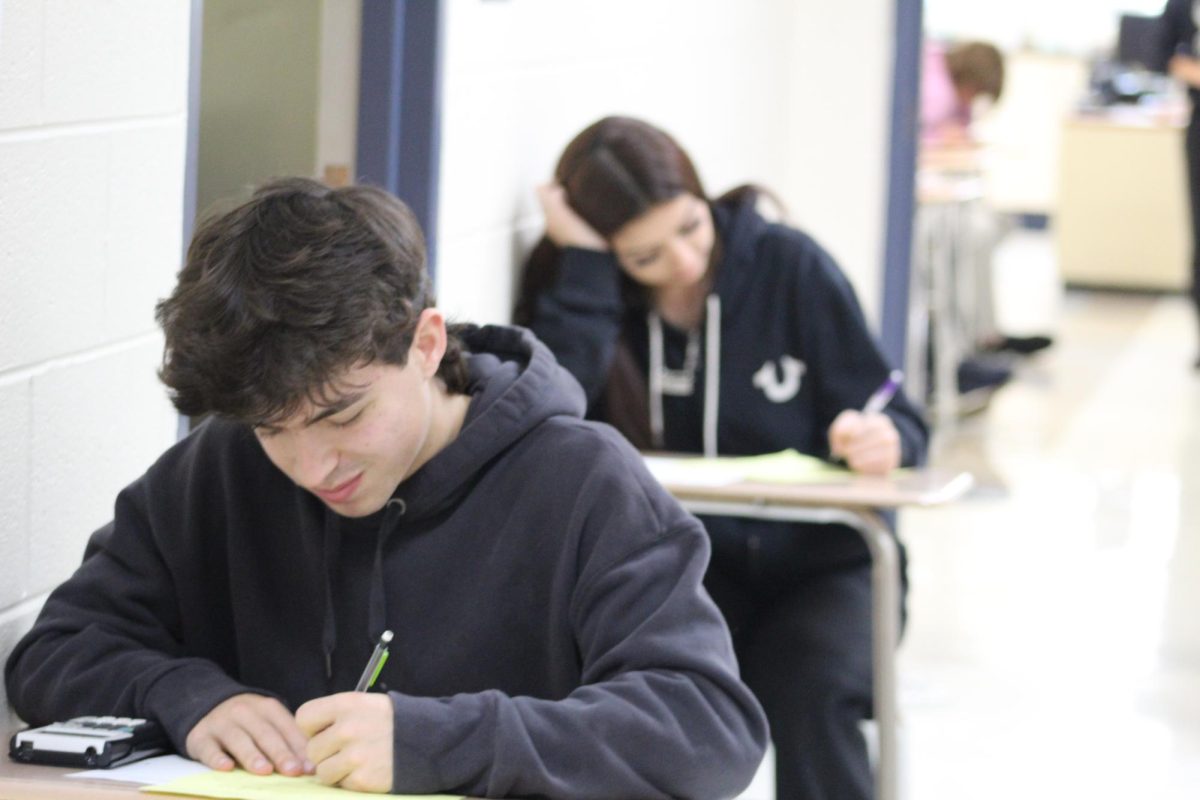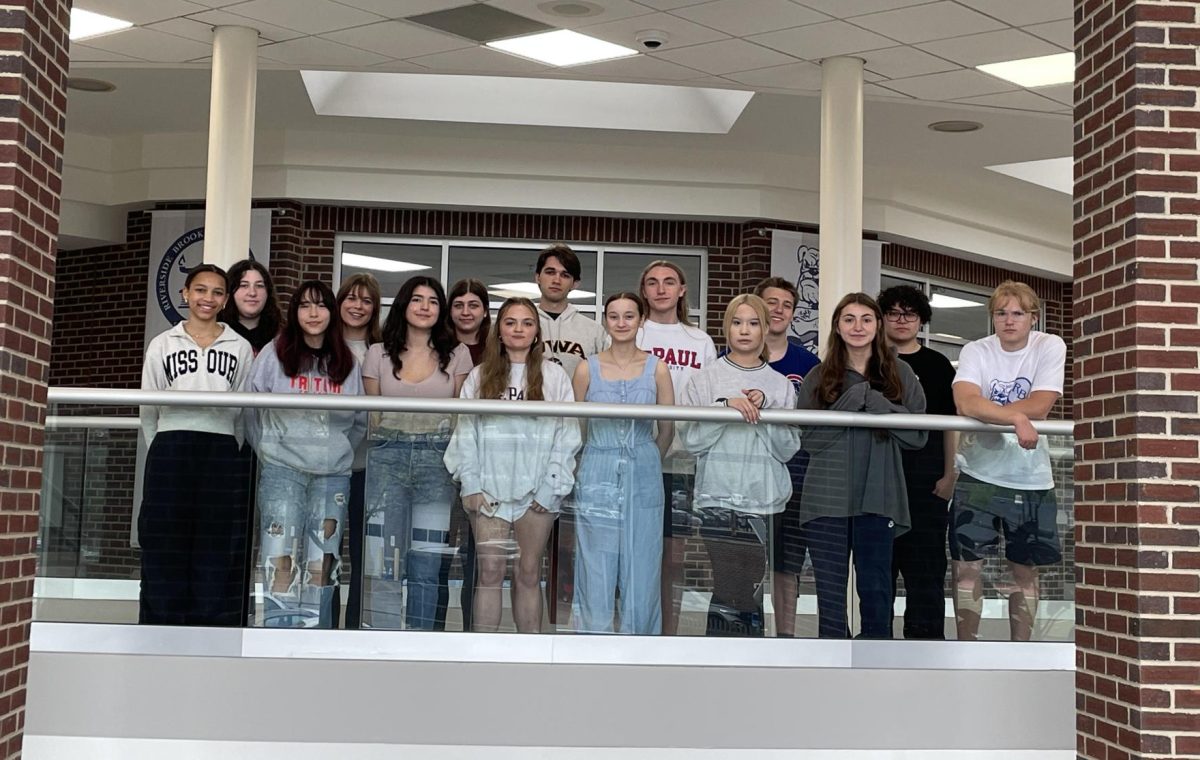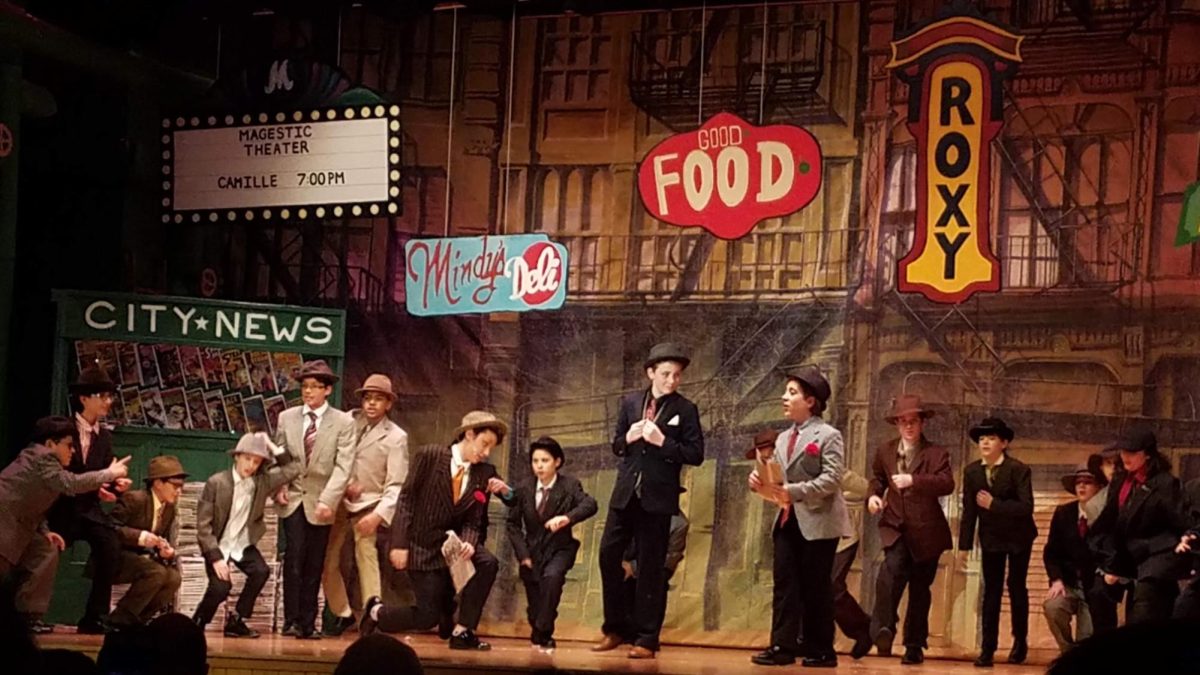It’s the middle of the day, and all around the school, classrooms are filled with students, teachers are tripping over backpacks or yelling over the disruptive kids and trying to get on with the lessons they are trying to teach. Meanwhile, students are going with their questions unanswered.
Is this the future of RB with larger class sizes?
It’s no secret that class sizes at RB have gotten larger in recent years as the teaching staff is shrinking and the student population is growing.
Ultimately, the number of students in each class really depends on what type of class it is. While Science classes are capped at 26 students due to lab space, Wellness and Music classes might be as large as 40. Special Education classes run much smaller, between 13 to 17 students.
And the typical “regular” classroom like a Math class or an English class? The current average is at 30.
Principal Pam Bylsma said, “I’ve observed the differences between this year and last year. [The class sizes] were definitely lower last year.”
According to the American Educational Research Association, a national research organization, small class sizes work because of changes in student and teacher behavior. Teachers are able to pay more attention to each student and students face more pressure to become involved in learning activities. With more students in a class, disruptive behavior increases while attention to learning decreases.
Math teacher Dan Bonarigo, who has the largest regular class size at RB with 35 students, said, “There are a lot less chances to interact with each student. Questions are left unanswered, there is more noise, and grading takes a longer time.”
Bonarigo’s smallest class has 27 students in it.
Bylsma agrees that that there have been some negative effects of the larger class sizes.
“The larger class sizes have had a strain on both the students and the teachers. It’s harder to keep them focused.”
-Principal Pam Bylsma
Even though it’s easy to tell that larger class sizes can impact the students in those classes, they can also have a large impact on the teachers as well. Bonarigo plans on adding a few changes to his teaching style for next year.
“I plan on being more efficient,” he said, “I’ve also been trying to make tests easier to grade.”
There is no doubt that having a larger class size can have negative effects. However, Bonarigo shares a different view on large class sizes, showing that they may not be so bad. He said that a big class size might help prepare students for college. College courses typically have much larger class sizes than a high school. However, he did note that what some people might forget to take into account is that college classes can be broken up into smaller sections. For example, a class size of 500 students could be broken up into sections of 125 students.
Although smaller class sizes reportedly eventually shrink the achievement gap in students, even research suggests it is not a cure-all for low achievement. Nevertheless, Bylsma understands the emotional reality behind the numbers of class sizes.
“Teachers give lots of examples of how it’s harder to get to know the students. All learning is through relationships. Most students access their learning through relationships. The teachers can modify the assignments. It’s called differentiation. Intervention is the reason our school does so well. We build those relationships,” she said.

